 One of the first memes I ever came across (and shared) was in reference to the “Christmas tree” described in Jer 10:2-4. I looked at the referenced verses, read nothing before or after and that was good enough for me. Years later, while studying the entire chapter, I realized that I had perpetuated an “anachronism” on the text and simply stopped sharing such things. Over the last two weeks, however, I ran into multiple Ancient Near Eastern documents describing the very same phenomenon we see in Jer 10:1-15 and using almost the same exact wording – one in a Babylonian epic and the other in a Hittite document. Added to that, I received a request from a facebook friend wondering about a meme she had recently seen on this subject. She wanted to know if she could or could not share it with integrity. So, I took the hint and decided to go ahead and work up this blog post. I get nervous about posting about Christmas too close to Christmas when emotions on both sides of the argument are running too hot for most folks to think straight. As soon as people get invested with posting pro and anti-Christmas memes, this kind of a blogpost can get dangerous and instead of weighing the evidence, insults can start flying.
One of the first memes I ever came across (and shared) was in reference to the “Christmas tree” described in Jer 10:2-4. I looked at the referenced verses, read nothing before or after and that was good enough for me. Years later, while studying the entire chapter, I realized that I had perpetuated an “anachronism” on the text and simply stopped sharing such things. Over the last two weeks, however, I ran into multiple Ancient Near Eastern documents describing the very same phenomenon we see in Jer 10:1-15 and using almost the same exact wording – one in a Babylonian epic and the other in a Hittite document. Added to that, I received a request from a facebook friend wondering about a meme she had recently seen on this subject. She wanted to know if she could or could not share it with integrity. So, I took the hint and decided to go ahead and work up this blog post. I get nervous about posting about Christmas too close to Christmas when emotions on both sides of the argument are running too hot for most folks to think straight. As soon as people get invested with posting pro and anti-Christmas memes, this kind of a blogpost can get dangerous and instead of weighing the evidence, insults can start flying.
First of all, let’s look at Jeremiah 10 in context – it is a conversation between YHVH and Jeremiah the prophet. On one hand, we have God denouncing something, and on the other hand we have Jeremiah exalting God over whatever it is that He has been denigrating. But what is God denigrating? Is it an ancient Christmas tree? In fact, do any of the images we have from archaeological finds represent Christmas trees or do they actually depict an entirely separate thematic element? (This is the point in the blog where I make it clear that I do not celebrate Christmas – God gave us feasts, Messiah kept them and I follow Him by doing as He did. Too many traditions associated with Christmas fall into the “hinky” category and I celebrate Messiah’s birth on the Biblical feast of Sukkot, which was the actual day of His birth. As much as I disapprove of Christmas, I abhor any attempt to twist the Scriptures into saying something that they do not say – the ends never justify the means when the means is playing fast and loose with the Word of God – it hurts our witness when the truth does eventually come out).
I am going to remove Jeremiah’s words, and just focus on what God is saying in order to make things clearer but I encourage you to read the entire passage in context:
Hear the word that the LORD speaks to you, O house of Israel. Thus says the LORD:
“Learn not the way of the nations, nor be dismayed at the signs of the heavens because the nations are dismayed at them, for the customs of the peoples are vanity. A tree from the forest is cut down and worked with an axe by the hands of a craftsman. They decorate it with silver and gold; they fasten it with hammer and nails so that it cannot move. Their idols are like scarecrows in a cucumber field, and they cannot speak; they have to be carried, for they cannot walk. Do not be afraid of them, for they cannot do evil, neither is it in them to do good.”
They are both stupid and foolish; the instruction of idols is but wood! Beaten silver is brought from Tarshish, and gold from Uphaz. They are the work of the craftsman and of the hands of the goldsmith; their clothing is violet and purple; they are all the work of skilled men.
Every man is stupid and without knowledge; every goldsmith is put to shame by his idols, for his images are false,
and there is no breath in them. They are worthless, a work of delusion; at the time of their punishment they shall perish.”
The main problem I have with these memes equating these verses with a condemnation of Christmas trees (when nothing of the sort existed during that time period and so there was not yet any reason for such condemnation) is that they conveniently all cut off at verse four – when verse five gives the context as being specifically about the making of idols. When you learn about Ancient Near Eastern idolatry, the subsequent verses about beaten silver and gold, and the fine clothing offer an even more glaring indictment of the comparison to this passage being about decorated trees. And scarecrows are not trees – they are meant to look like men. Can you imagine a crow being scared of a Christmas tree in the field? Or it being necessary to point out that a tree cannot speak, or that it can’t walk? How about the “instruction of idols”? – That refers to the priests going before an idol and asking it questions through divination. No one does that with a Christmas tree. So let me teach you about how to make an worship an idol – lol, I know that sounds bad but everyone in the ancient Near East knew this material that God was making reference to. I am not teaching you so that you will be able to do it, but so that you will get the reference being made.
Let’s add a similar reference from Isaiah 44:9-20, which also explicitly refers to the making of an idol:
All who fashion idols are nothing, and the things they delight in do not profit. Their witnesses neither see nor know, that they may be put to shame. Who fashions a god or casts an idol that is profitable for nothing? Behold, all his companions shall be put to shame, and the craftsmen are only human. Let them all assemble, let them stand forth. They shall be terrified; they shall be put to shame together.
The ironsmith takes a cutting tool and works it over the coals. He fashions it with hammers and works it with his strong arm. He becomes hungry, and his strength fails; he drinks no water and is faint. 13 The carpenter stretches a line; he marks it out with a pencil.[a] He shapes it with planes and marks it with a compass. He shapes it into the figure of a man, with the beauty of a man, to dwell in a house. He cuts down cedars, or he chooses a cypress tree or an oak and lets it grow strong among the trees of the forest. He plants a cedar and the rain nourishes it. Then it becomes fuel for a man. He takes a part of it and warms himself; he kindles a fire and bakes bread. Also he makes a god and worships it; he makes it an idol and falls down before it. Half of it he burns in the fire. Over the half he eats meat; he roasts it and is satisfied. Also he warms himself and says, “Aha, I am warm, I have seen the fire!” And the rest of it he makes into a god, his idol, and falls down to it and worships it. He prays to it and says, “Deliver me, for you are my god!”
They know not, nor do they discern, for he has shut their eyes, so that they cannot see, and their hearts, so that they cannot understand. No one considers, nor is there knowledge or discernment to say, “Half of it I burned in the fire; I also baked bread on its coals; I roasted meat and have eaten. And shall I make the rest of it an abomination? Shall I fall down before a block of wood?” He feeds on ashes; a deluded heart has led him astray, and he cannot deliver himself or say, “Is there not a lie in my right hand?”
Most people only saw the city idols at a festival, otherwise, they had their own small teraphim at home – small ancestral gods which I will discuss some other time as they are entirely different. The city gods “lived” within their respective temples, called their house, as we see in Isaiah – or rather, their idol did. The idol was not believed to be the god himself, but instead was believed to be sort of a conduit. The essence of the god could enter in to the idol in order to be cared for.
What? A god or goddess that needs TLC? Yes, actually that was the main purpose of the pagan temple. Within the Temple was a house and a human staff to run it. The idol had a bed, was woken, bathed and dressed in the morning, then stood up to be fed through food and drink offerings, was enthroned all day before being undressed and put back to bed at night. The only change to this routine was during festivals where it would be carried through the city, its hand held by the King. We see this same routine in the records of Egypt, Hattiland (Hittites) and Babylon.
Now how was an idol made? We see this in The Babylonian Erra Epic (aka Erra and Ishum) – Tablet 1 contains the following imprints. In context, Erra, the warrior god, is challenging Marduk, the king of the gods, because the idol (image) in his temple had lost its luster. Marduk explains that he left his dwelling when he caused the great flood. Everything in () is my commentary.
(Marduk speaking)
“As to my precious image (aka idol), which has been struck by the deluge that its appearance was sullied
I commanded fire to make my features shine (because it is overlaid with gold) and cleanse my apparel (evidently it wears clothing)
When it had shined my precious image and completed the task
I donned my lordly diadem and returned…. (when his idol looked suitable again, he returned his essence to it)
…I sent those craftsmen down to the depths, I ordered them not to come up
I removed the wood and gemstone and showed no one where…..
Where is the wood, flesh of the gods, suitable for the lord of the universe, (every culture I have come across seemed to believe that only certain kinds of wood were suitable to be the “flesh” of an idol – in this case, the wood is from the “mesu” tree)
The sacred tree, splendid stripling, perfect for lordship,
Whose roots thrust down a hundred leagues through the waters of the vast ocean to the depths of hell,
Whose crown brushed Anu’s heaven on high?
Where is the gemstone that I reserved for {damaged}?
Where is Ninildum, great carpenter of my supreme divinity, (Ninildum is the idol maker)
Wielder of the glittering hatchet, who knows what tool, (although we would think of a hatchet only in the hands of a lumberman, in this case the hatchet is the tool of a crafsman – hatchets are way smaller than axes)
Who makes it shine like the day and puts it at subjection to my feet?
….
Where are the choice stones, created by the vast sea, to ornament my diadem?” (big city gods were crowned with real crowns just as they were dressed with real clothing)
Now, Herodotus claimed that Marduk’s idol was made of solid gold, but like too much of the information he recorded about cultures other than his own, he has been proven wrong through archaeology. His stuff on Greece is great – Egypt and the other ANE cultures, not so much – the guy seemed to pretty much believe everything people told him and he wrote it down. What we know from archaeology is that the large cult statues had a center core of “divine” wood overlaid with hammered precious metals, set with precious stones and dressed in the richest of clothing. As I mentioned before, no one thought that this was actually “the” god, but simply a representation so that the people of the city could care for the god’s basic needs of food, drink and shelter. Although we are accustomed to a God who needs none of that, it was their belief as evidenced in the Atrahasis epic and many epics that without humans the gods would actually starve and the universe would fall into chaos because they wouldn’t be able to do their jobs.
It was in the Akitu barley harvesting festival in the spring (end of Adar/early Nisan) that the idol of Marduk would be carried out of his temple and paraded through the city, with the king holding his hand as the procession made its way through the throng of gathered worshipers. This is the only time that anyone other than the temple staff would see the idol.
We also see this in the Hittite culture. Trevor Bryce writes, ‘In the latter part of the New Kingdom, the statues of the gods set up on bases in the sanctuaries of their temples were life-sized or larger. They were made of precious and semi-precious metals – gold silver, iron, bronze – or else of wood plated with gold, silver, or tin and sometimes decorated with precious materials like lapis lazuli.’ We have actual information on the statuette of the goddess Iyaya, ‘The divine image is a female statuette of wood, seated and veiled, one cubit (in height). Her body is plated with gold, but the body and the throne are plated with tin.’
So now we look back at Jeremiah 10, and we see that everything Jeremiah described was the common practice of the heathens of the day in how they made and treated their graven images. Even without this information, within the context of the entire chapter we see it cannot be about an anachronistic Christmas tree.
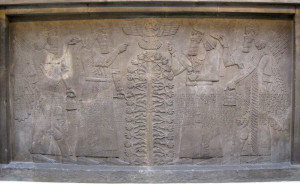 “But wait!” you might ask – what about all the cylinder seals and carvings of men worshiping before pine trees? Well, they aren’t pine trees and in fact every single one of these pictures that are used to promote the idea that Christmas trees are ancient are actually depicting the tree of life motif. Every culture had a creation story, about 1% have a flood story, and a great many have tree of life motifs. Life the flood and creations myths of other cultures, the tree of life had also been perverted – the Mesopotamians often portrayed it as being magically fertilized by Genies holding something that looks much like the citrons grown all throughout the region. Yes they are trees that look like pine – but if you were going to carve a tree that is as abundant as possible (as the tree of life would be), it would have fruit from top to bottom and stylistically would have to still leave room for figures depicted all around it. These trees have a great deal of palm tree in their artistic workup. For me, I think it’s kinda funny that they figured a divine tree needed pollination but then, they worshiped gods that needed to be fed and bathed – so par for the course, it’s how their minds worked.
“But wait!” you might ask – what about all the cylinder seals and carvings of men worshiping before pine trees? Well, they aren’t pine trees and in fact every single one of these pictures that are used to promote the idea that Christmas trees are ancient are actually depicting the tree of life motif. Every culture had a creation story, about 1% have a flood story, and a great many have tree of life motifs. Life the flood and creations myths of other cultures, the tree of life had also been perverted – the Mesopotamians often portrayed it as being magically fertilized by Genies holding something that looks much like the citrons grown all throughout the region. Yes they are trees that look like pine – but if you were going to carve a tree that is as abundant as possible (as the tree of life would be), it would have fruit from top to bottom and stylistically would have to still leave room for figures depicted all around it. These trees have a great deal of palm tree in their artistic workup. For me, I think it’s kinda funny that they figured a divine tree needed pollination but then, they worshiped gods that needed to be fed and bathed – so par for the course, it’s how their minds worked.
I could pull up a ton of others, notably from the palace of Ashurbannipal, as well as Egyptian examples, there are a great many. There is an interesting feature within google that might be helpful when people post such pictures and attribute them falsely. When you are in Google Chrome, you can actually “right click” on a pic and you will see “search google for this image” which will often lead you to a museum site which will tell you exactly where the image is from and what it depicts. That helps because we like to look at a picture and imagine what it means to us instead of finding out what it actually did mean to ancient peoples.
The Holy Bible: English Standard Version. (2001). (Je 10:1–15). Wheaton: Standard Bible Society.
Oshima, Takayoshi The Babylonian God Marduk (Chapter 24 of The Babylonian World, Gwendolyn Leick, ed) pp 355-6
The Erra Epic
Bryce, Trevor Life and Society in the Hittite World, p 157
Walton, John H Ancient Near Eastern Thought and the Old Testament, pp 116-7
Walton, John H et al The IVP Bible Background Commentary: Old Testament
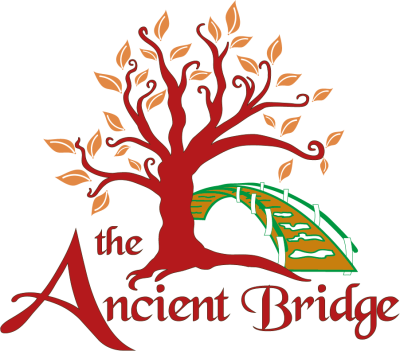
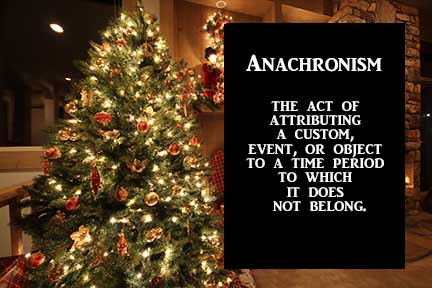
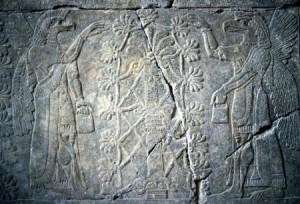




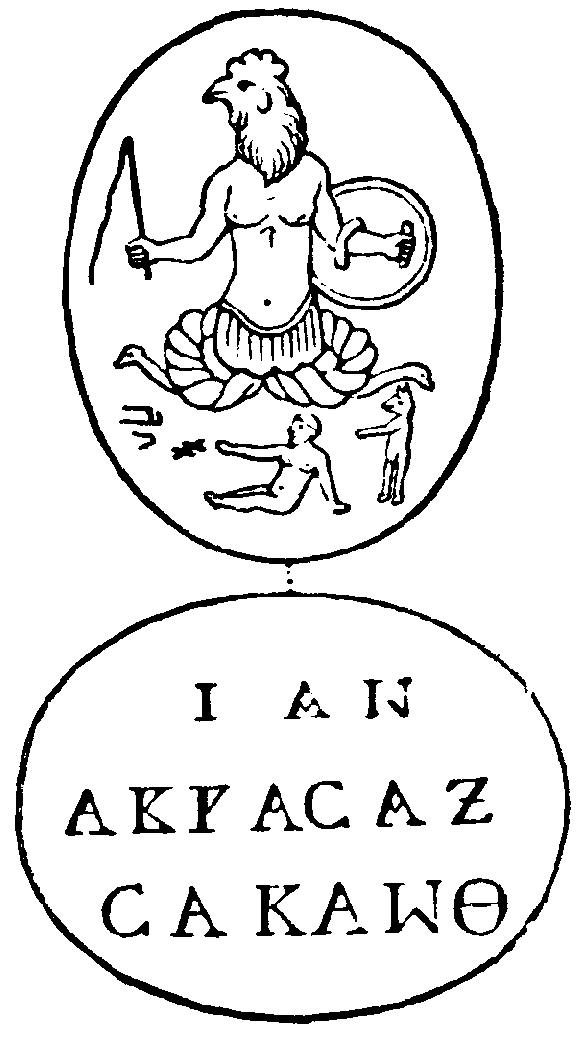
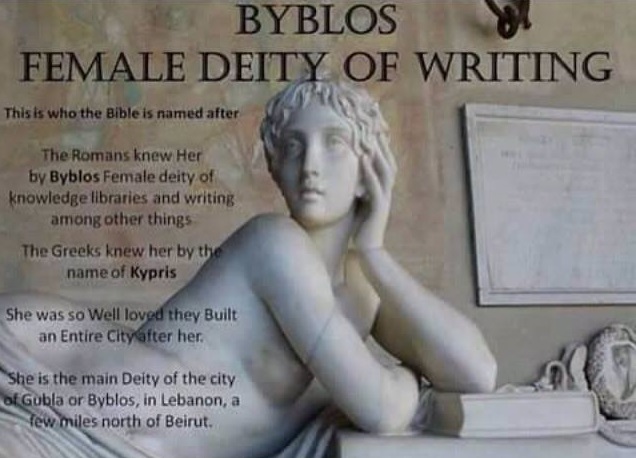
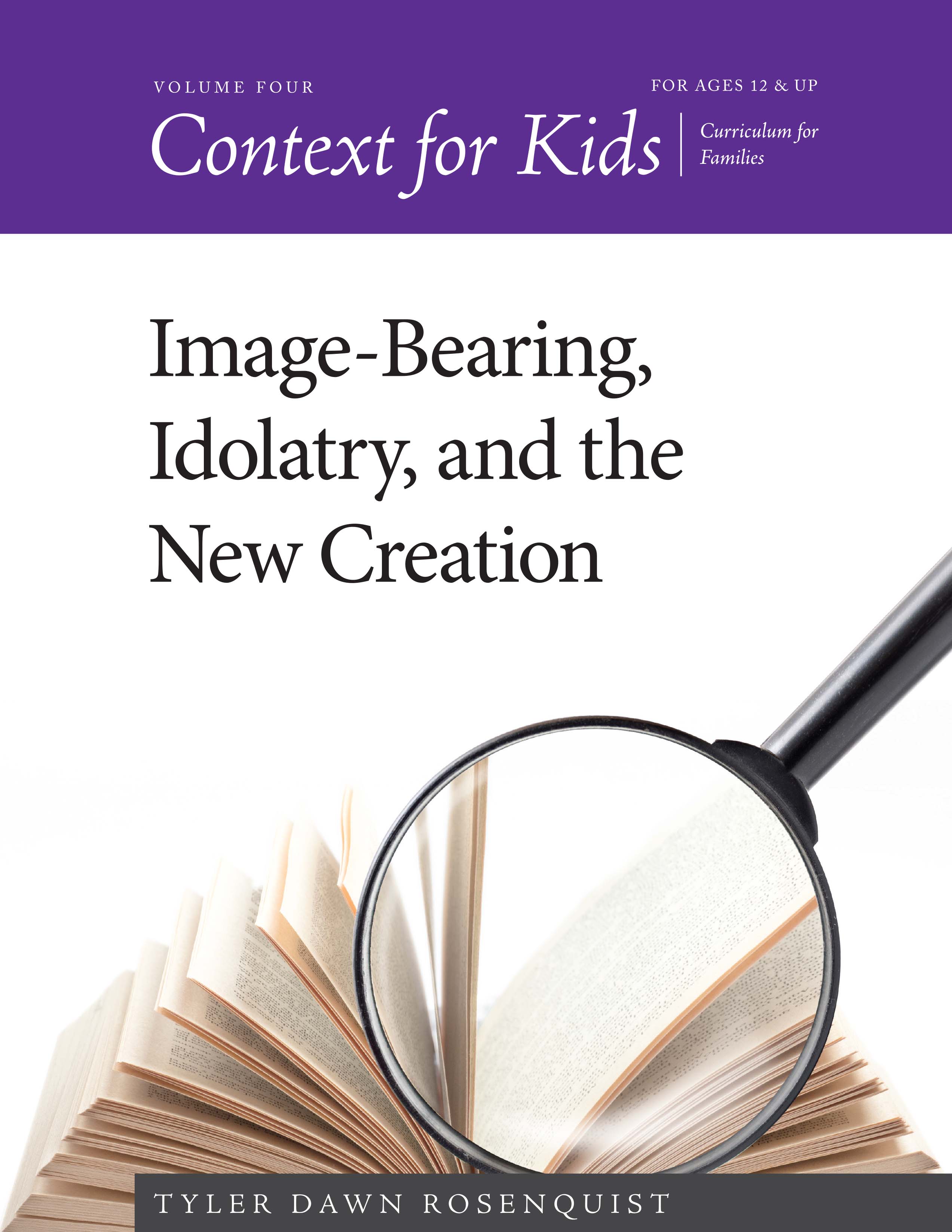
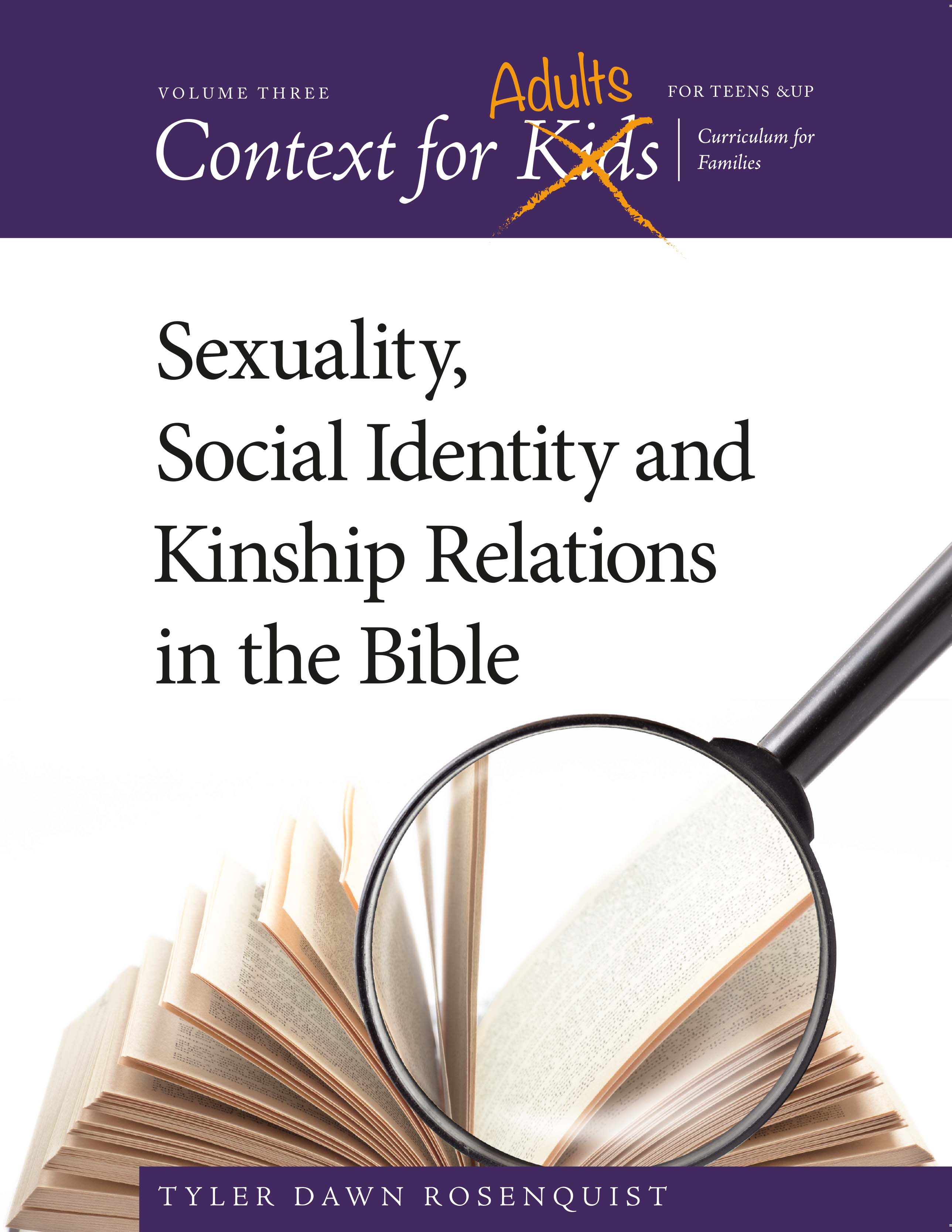
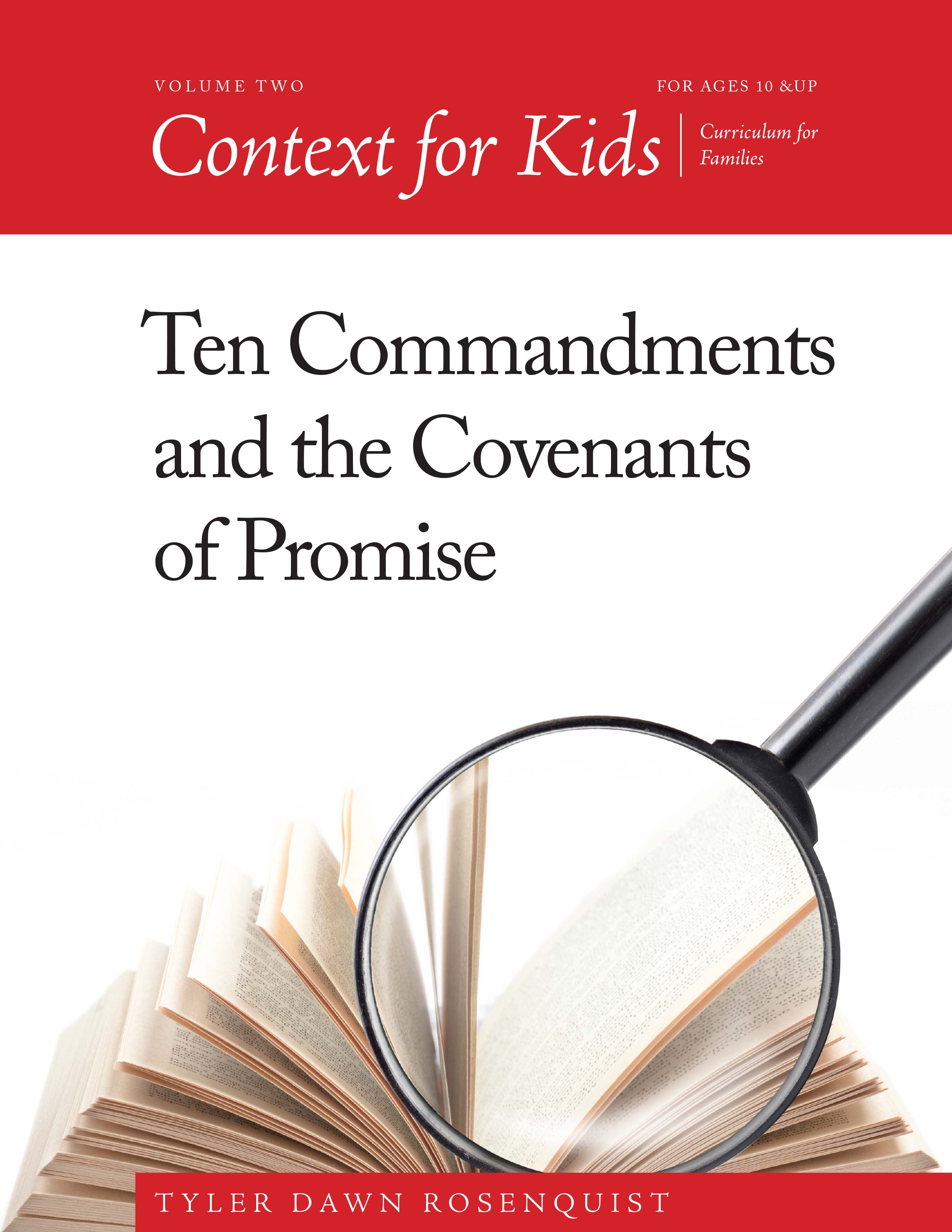
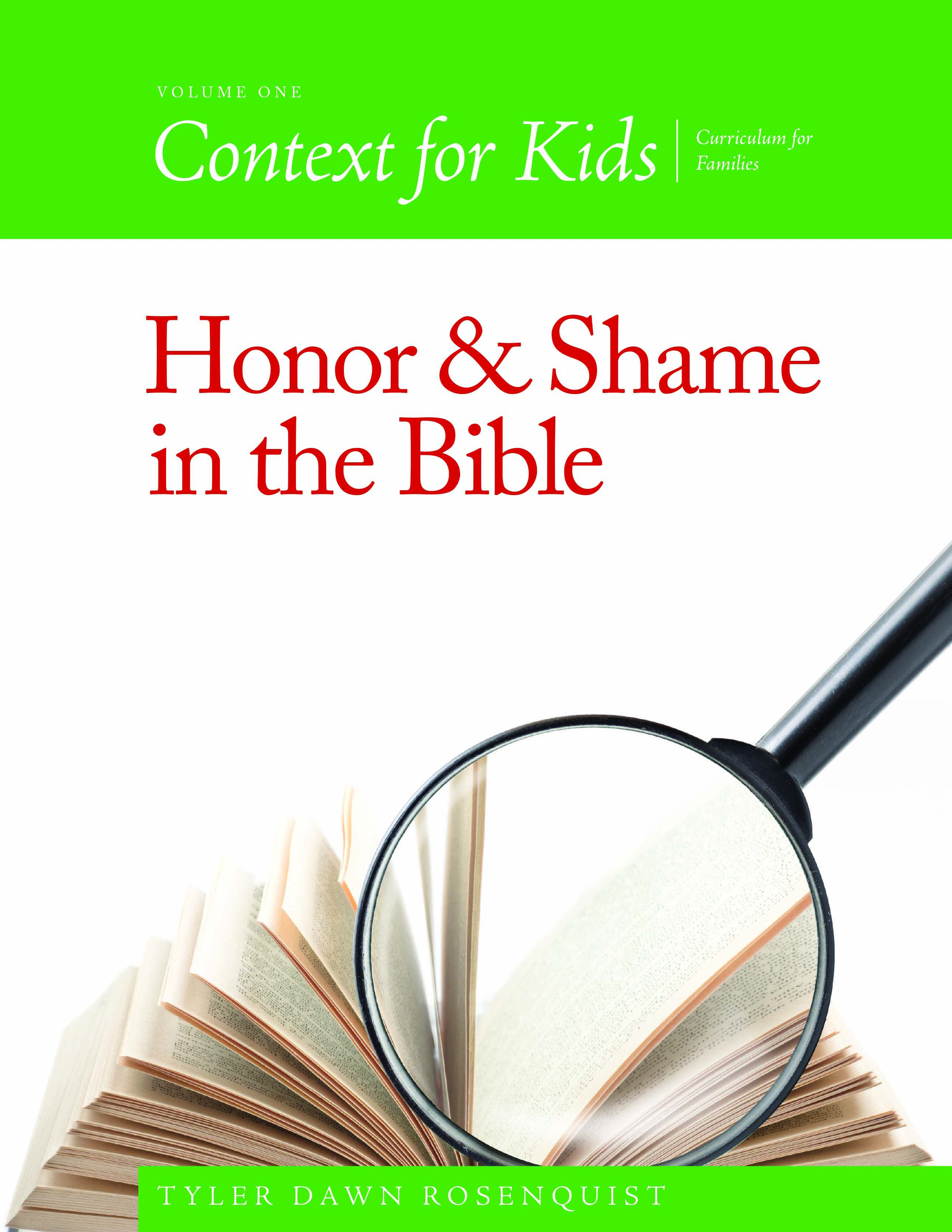
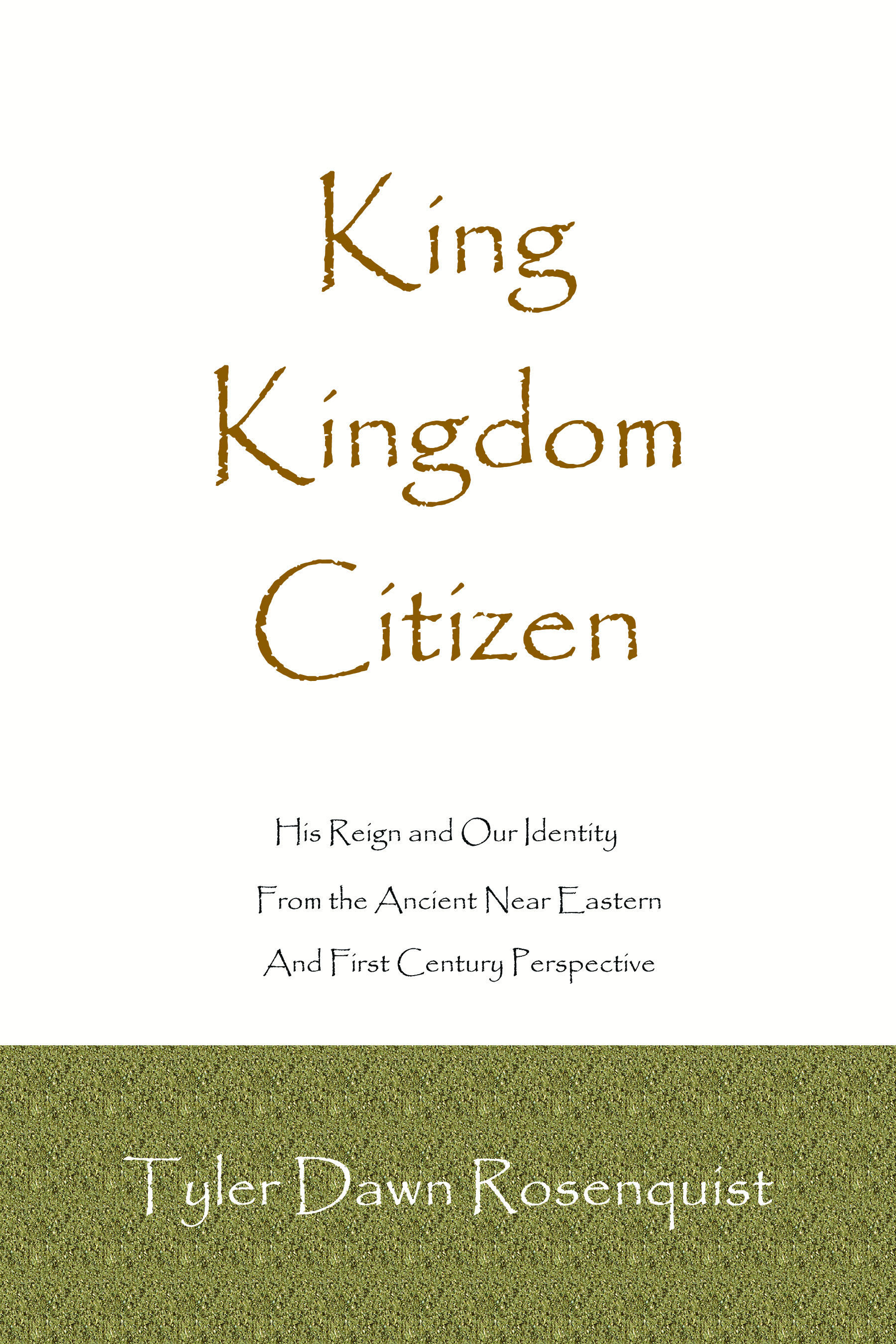



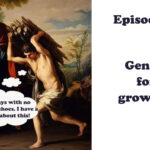


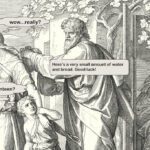
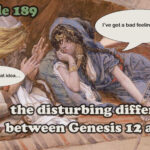

Another great article Tyler and thank you for all your tireless research so we may know the truth. I too am/was guilty of using the memes of the Jeremiah verse but will no longer be using it 🙂
You’re welcome sis, thanks for all your encouragement 🙂
Excellent!!!
Serious question…So what is a x-mass tree if not an idol?
Idols were very specific things and unfortunately we don’t really study them so we have made it an ethereal concept. Idols were fashioned for a specific purpose – to be inhabited by the spirit of a specific deity so that it could be served like a king and cared for. The Talmud specifically lists the things that constitute idolatry, and my own research has verified it – it was those things that were specifically intended to honor and care for their actual god, with the intention of serving that god.
I don’t study the origins of Christmas, but I can say that the tree was added to the celebration at a very late date. It is a fairly modern and European custom, it was brought to England during the reign of Queen Victoria by her Husband from his homeland, and they instituted the giving of gifts to their 19 *cough* children. Evidently, they needed a reality show because I believe they had them all within 21 years. It’s good to have a staff of nannies! Beyond that, I cannot say – but it does not originate in the Ancient Near East – they had sacred trees and groves, but one would never, ever cut one down. Not unless they wanted to be personally cut down themselves. Wish I could help more, but I don’t study history much past the second century AD and only write about things that touch on Bible context. Since Christmas trees don’t touch on Bible context, I am not likely to ever know more than I do right now. If it is rooted in pagan religions, it would have to be European in nature because we do not see it worldwide in antiquity. Hope that helps.
Tyler and all. I can tell you of two specific times in my life when I was praying whether I should take the xmas tree out of my life and what happened. A little background- I was a Christian before I came to know torah in 2000. So I would decorate a tree and it was kinda my heritage because my Mother did this also. My husband did not want me to have a tree so it was always a fight putting it up. He grew up without having tree because his Mom tried to keep the sabbath with 12 children but he didnt fully understand at that time because he was too little. From 1990-2000 I worked for some Egyptians in the restaurant business. So they had a lot to teach me about the tree. All the things they taught me goes further on back than what you are saying in European history. The Egyptians taught me that there are many places in the museums and also the Alexander musuem that was burned down about the xmas tree. They told me that it was Ra and the balls of Ra on the tree depicting fertility and that the tree was considered a penis. They thought it funny that us Americans were doing an Egyptian thing. So I feel you will need to do more research on this maybe toward the Egyptian side. Plus there are pics. Then I met one of the Egyptian mothers and I took her to a xmas village and all she talked about was how funny we put Ra up so high. Well now this really bothered me and I really started praying about taking the tree out of my life. Then a second thing happened. I met a woman who was a white witch. Of course I thought I could teach her about salvation. Well it was xmas time and she said you know you Christians steal our tree and label it a Christian holiday. Well I tell you that was enough for me and I never put up a tree again. My husband was so happy. I keep the feasts of YHVH. I think it may take a more digging about this because I feel I got the info led by the ruah hakodesh because I was specifically praying. Believe that even I had to go down into Egypt to learn it. Blessings for your teachings. Fayvah
Hello 🙂
I don’t want to be rude, but actually Egyptology is one of my specialties and I have hundreds of dollars invested in the works of legitimate scholars. Believe me, I have studied it and you provided me with an example that none of my books come close to supporting. You gave me something that is very commonly mistaken for proof – anecdotal claims. Now, if you can find this in a legitimate scholarly work, then I will reconsider, but I have read everything that the major scholars have about Ra and your story doesn’t line up with anything. If you can find it in an actual book written by a PhD Egyptologist, then I will definitely be interested. But in all my studies, it just isn’t there. What people claim is sometimes colored by religious prejudices, and sometimes people just pass on urban legends. May I ask if you have anything other than anecdotal evidence from normal people? Believe me, I taught my kids this stuff but then I actually started studying and there is no such myth about Ra. In fact, that is a partial bastardization of the story of Osiris, which also doesn’t match up. So, telling me you heard a story from someone isn’t proof, lots of people say lots of things – please find me proof – if your story is true then it will be in the copious amounts of legitimate material we have on Egypt, the best documented society/religion in the ancient world. As for pictures, the pictures being circulated as Christmas trees are not only mislabeled but mischaracterized from actual Tree of Life symbology, which I have also studied in depth. For example, I just pulled out my iconography books and Ra (Re) is never associated with trees or penises – Thoth is associated with the Egyptian tree of life, the acacia, upon which he would inscribe the fruit of wisdom to be harvested by Pharaoh and Osiris is the only god associated with a penis story (I don’t count Bes – he only has a big penis because all of his features are freakishly ridiculous so as to scare demons away from the birthing chamber). Keep in mind that modern day Egyptians are not Re worshipers, all they know is mythology – they are either Christians or Muslims and have no more real reason to be educated on ancient idolatry than we do to be educated on the American Indian worship practices here in America even only a hundred years ago, or that modern day Mexicans could accurately relay to you details about ancient Quetzalcoatl worship. Unless your Egyptian friends actually have a formal education in it, it is unlikely that they would know much more about 3-4000 year old practices than Americans would. Also, remember that until the Demotic language was unlocked at the end of the 19th century, there was a lot of misinformation out there about true Egyptian religion and all of the books had to be revised.
Thanks for your comment, I look forward to hearing any proof you come up with. I can make a lot of book recommendations and tell you who the serious scholars in the field are – at one point I had an absolute passion for the Exodus narrative and spent a lot of time pouring through Ancient Egypt. Lots of amazing work has been done in that area in the past 150 years that completely overturned some of what was believed – amazing what unlocking a dead language can do!
As an aside, one of the things I learned in my studies is that Egyptians, in their observance of Horus worship, believed in trans-substantiation, which was really cool.
Thank you Tyler on your scholarly introspect. I actually know an Egyptologist and I will compile a letter to him and see what he knows. Thank you
awesome, I would love to hear if he has any recommendations on materials that I don’t already have. As long as they are not written in Arabic! I can barely speak English lol
You are amazing!! I very literally stopped doing Easter and Christmas 6 years ago when hearing about Ishtar, (sacrifice and dipping eggs in blood), and this passage in Jeremiah (regarding trees). Though, I’d never return to these practices, as I’ve come to Torah and His feasts, I’m so very heartbroken where I’ve misled others with this same anochronistic reasoning. I have people I’ll be sending your posts to on these subjects with my apologies of passing on inconsistent context. Thank you so much for the inspiration you are. I’m gobbling up all your posts since coming across your site through my friend, Sarah Hawkes Valente. Thank you for the truth you perpetuate.
Thanks so much – I hear you – I took my first book off the market and am re-writing it because of one chapter, and really one paragraph in one chapter. I just couldn’t continue to sell it anymore, I want my witness to be as spotless as possible.
And Sarah is one of my favoritest people on earth 😀
Thanks for this. I can verify what you say about the treatment of the idols. Before salvation, I was a Hare Krishna. Even then, though, I found the practice of clothing, feeding, waking, and putting to sleep the idols in the temples utterly ridiculous. The women take very seriously the sewing of fine clothing for the idols, and food is served to the idols first before anyone else partakes. Truly sad.
Wow, I had no idea that Hare Krishna did any of that! I haven’t studied any of the religions originating in that far east. Thanks so much for your input.